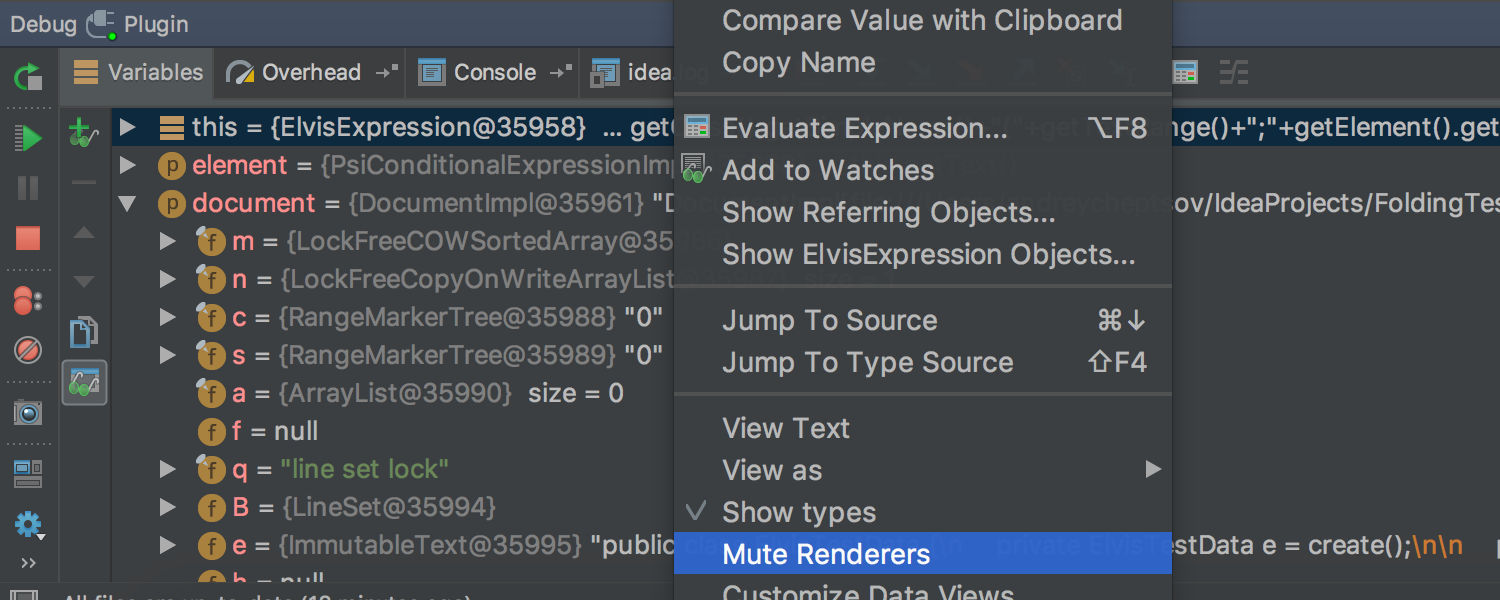

The simplest way to do that is to select Run | Attach to Process. Next, you need to attach your IDE the Remote Socket started by WildFly on Port 8787. You will notice that the server log contains the following line, just at the beginning of it: Listening for transport dt_socket at address: 8787 Now you can start the application server as usual with. Next, set up one or more break-points into any of your server side classes. You can enable them in the file nf which is located in the bin folder of the application server: # Sample JPDA settings for remote socket debugging In order to activate remote debugging on the application server, a set of JVM arguments needs to be enabled at application server startup. Remote debugging is a key feature that is necessary to track issues on your server side applications. You can however debug your WildFly applications with IntelliJ Idea pretty easily. If you don’t have the Ultimate edition of IntelliJ Idea available, you can still start WildFly as a separate process and debug your applications in IntelliJ. Read more about it here: Turn your WildFly application in a Bootable JAR Debugging remotely WildFly with IntelliJ Idea Therefore, you can simply start and stop WildFly as you run your application. WIldFly Bootable Jar plugin: This plugins allows to bundle the application server along with your application as a bootable artifact. Read more about it here: How to configure and run Maven WildFly plugin You can also use it to execute management commands from your pom.xml. You can use it to deploy applications, to live reload them after changes.

WildFly Maven plugin: This plugin covers every aspect of WildFly. For this purpose, you can use the following plugins in your Maven projects: If you want to use the Community Edition of IntelliJ IDEA it is however fairly easy to manage WildFly without leaving IntelliJ Idea. Then, you will be able to add a Run/ Debug configuration which includes JBoss Server. You can find it in: Settings > Build, Executions, Deployment -> Application Servers > “+” > JBoss Server. The integration with WildFly requires the Ultimate version of IntelliJ Idea. IntelliJ Idea is a powerful integrated development environment (IDE) that provides advanced code editing, debugging, and testing capabilities, while WildFly is a lightweight and flexible application server that supports the latest Jakarta EE standards. We will cover how to manage the integration with the application server and how to debug applications.ĭeveloping applications with IntelliJ Idea and WildFly is a popular choice for many Java developers. This tutorial will give you an headstart about developing Enterprise applications with IntelliJ IDEA and WildFly.


 0 kommentar(er)
0 kommentar(er)
